Skift Take
The study states that a social media influencer is someone who has the ability to cause effect or change behavior. Too often the definition of an influencer is misconstrued with reach and popularity, which should be the added bonuses or afterthoughts. Travel brands should analyze what kind of effect influencers have on their audience before asking to work with them.
Travel brands want to reach new audiences and regularly use social media influencers with large social media followings to connect with them.
Marketers and influencers alike agree that the authenticity of a social media project should be grounded in every campaign, and that it’s best to work with each other directly rather than going through agencies or other services. But they diverge on compensation, platforms, and the most important metric of success.
That’s according to a survey from TapInfluence, an automated marketing platform company that commissioned research from Altimeter using an anonymous online questionnaire between February 26, 2016 and April 29, 2016.
Some 1,753 global influencers and 102 marketers responded ,and influencers had an average following of 259,000 across various platforms. The study didn’t specifically survey travel brands and travel influencers, but since many influencers — including those part of travel marketing campaigns — work with several industries this is a fair snapshot of sentiments and strategies of the average influencer that would partner with a consumer brand, travel included.
Influencers surveyed said traffic to their platforms is the most important metric for how they measure success, while marketers said engagement with content is how they measure return on investment. Even as both marketers and influencers agree authenticity should be at the center of every campaign, influencers said brands most often approach them for sponsored content opportunities, which usually give brands more control of the message than the influencers who are trusted by their audiences [see charts below].
Although influencers aren’t at the top of the travel inspiration food chain — the survey cites recent Nielson data which found 92 percent of consumers trust recommendations from people they know and 70 percent of consumers trust peer experiences posted online.
TapInfluence’s analysis said as many marketers experiment with influencer marketing they mistake reach and popularity for influence. “Many influencer marketers get either star struck or simply blinded by numbers when setting out to identify influencers,” the survey said. “But influence is not popularity. Popularity can be a byproduct of influence or authority.”
The survey said influence is defined as the ability to cause effect or change behavior. “This common misinterpretation between popularity and influence has led influencer marketing to confuse the principles of traditional celebrity endorsements with the promise of social capital in digital networks,” TapInfluence said. “And social celebrities and those who represent them are capitalizing on these misperceptions.”
Another notable finding: as the U.S. Federal Trade Commission and other bodies have started to crack down on brands that don’t include disclaimers for content that was paid for, some 52 percent of influencer respondents said that they’re asked all the time to publish a disclaimer for being paid while 35 percent said brands sometimes ask them to include disclaimers. The remaining 12 percent said they’ve never been asked.
Chart 1: Influencers said their personal blogs are their most important platforms, ahead of any social network. Marketer respondents said Facebook is their most important platform, which is influencers’ second most important.
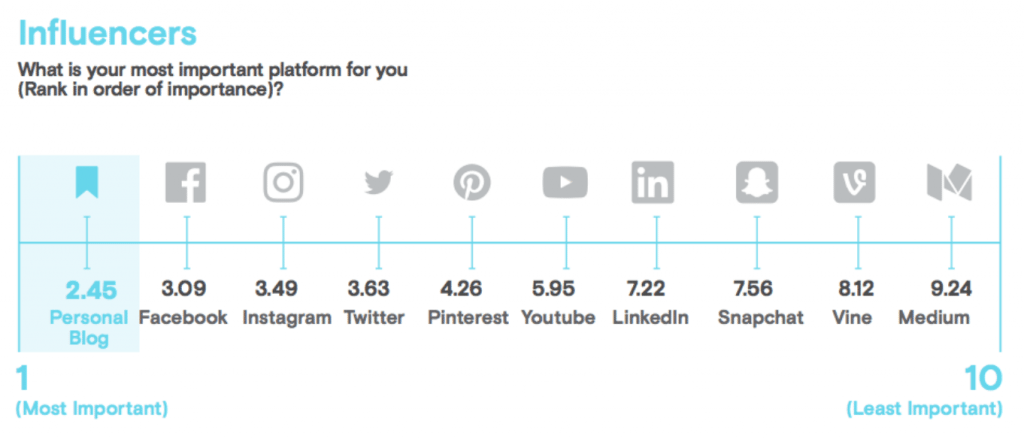
Chart 2: Because influencers often don’t have access to a campaign’s analytics, and because they naturally want more eyeballs on their content, influencers said traffic is the most important metric for their influence and success in their work with brands.
Marketer respondents, however, said engagement such as likes, shares, and comments is the most important metric for measuring return on investment and success.
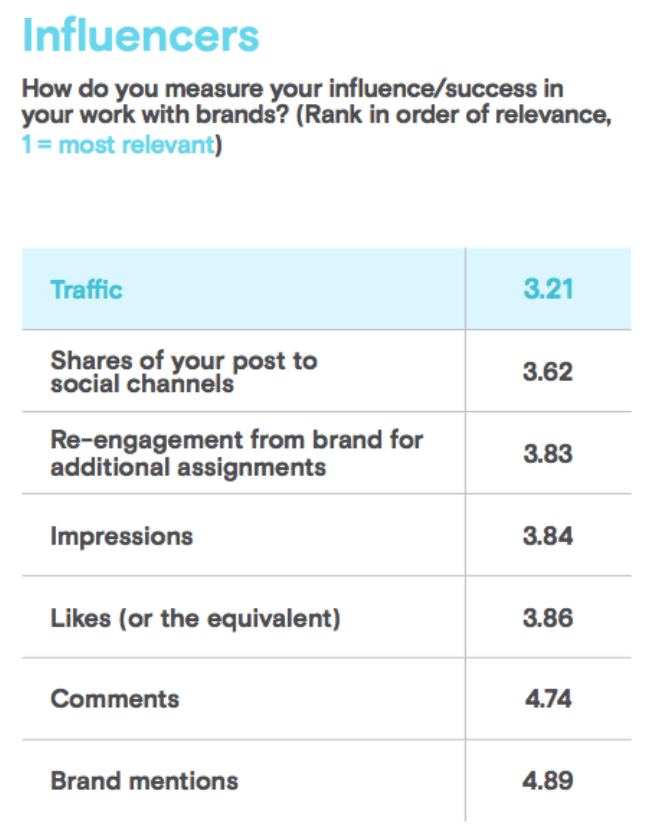
Chart 3: “Not offering adequate compensation” is the biggest mistake that influencers said brands make in working with them. Much of this is due to influencer marketing’s unproven capabilities in many circumstances, forcing marketers to run pilot campaigns to determine how much they should budget for future influencer campaigns.
Influencers also said the earning revenue is the top reason why they were inspired to become an influencer in the first place.
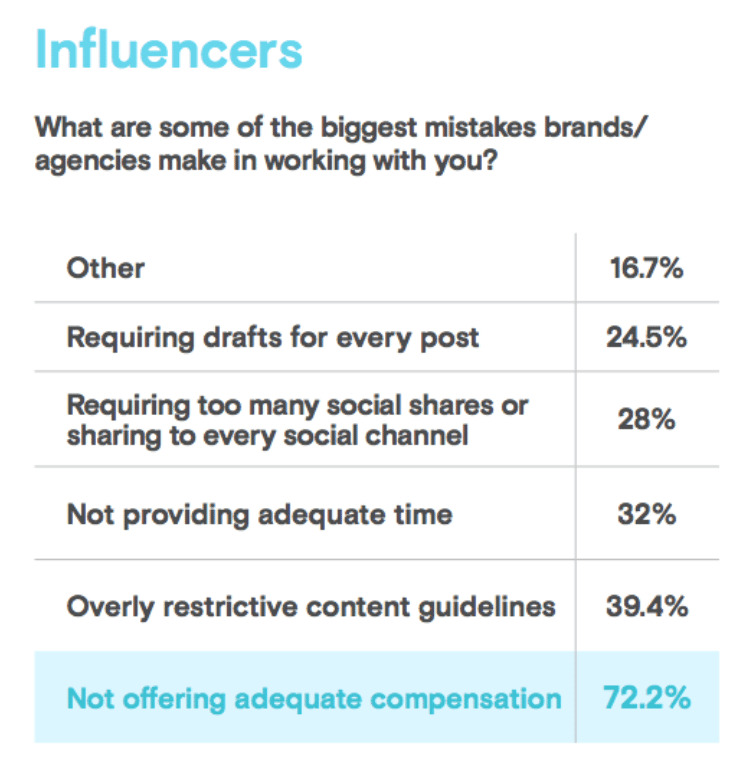
Chart 4: There’s disconnect between how marketers ideally want to use influencers and how they actually use them. Marketer respondents cited ongoing ambassadorships as the most effective form of influencer marketing. Yet, influencer respondents said that brands approach them for sponsored content opportunities more than any other kind of partnership.
Celebrites such as Pitball, Hugh Jackman, James Cameron, Taylor Swift and Chris Hemsworth are examples of recent tourism ambassadors.
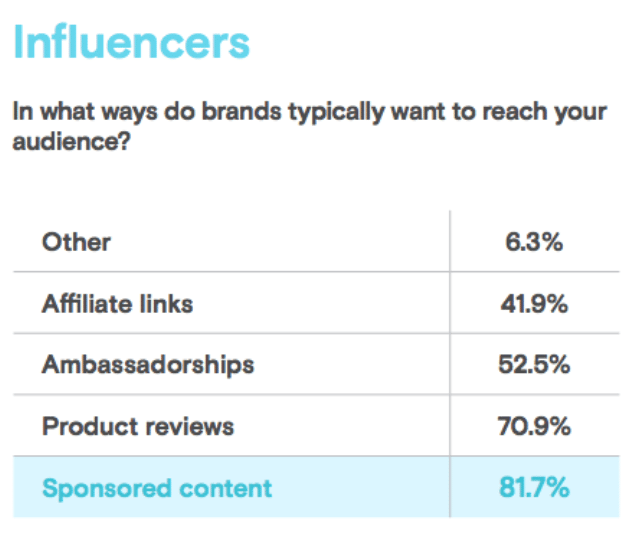
Chart 5: Authenticity is the most important baseline to influencers and marketers.
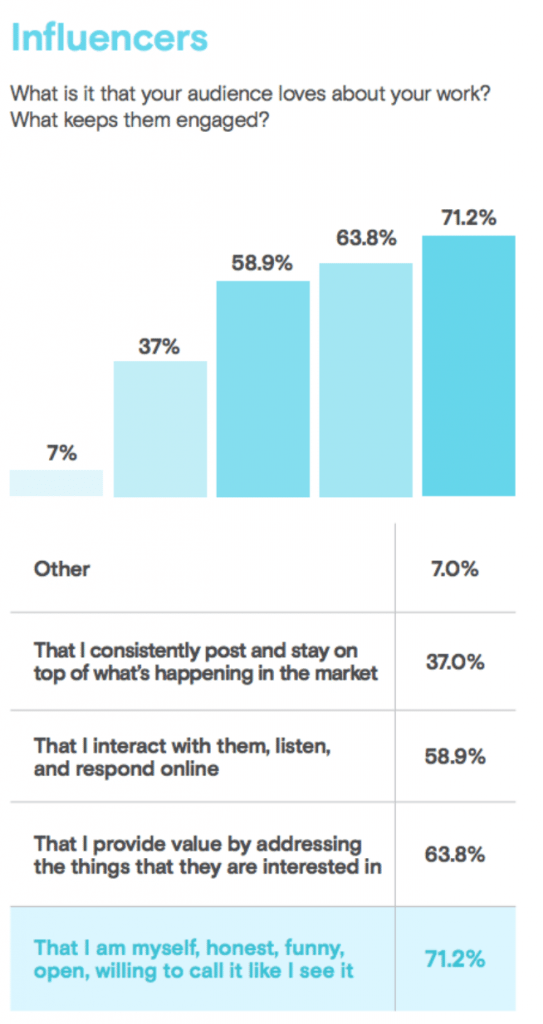
Chart 6: Influencers said working directly with brands is most effective, but they’re also receptive to working with a PR agency or influencer marketing agency for a campaign.
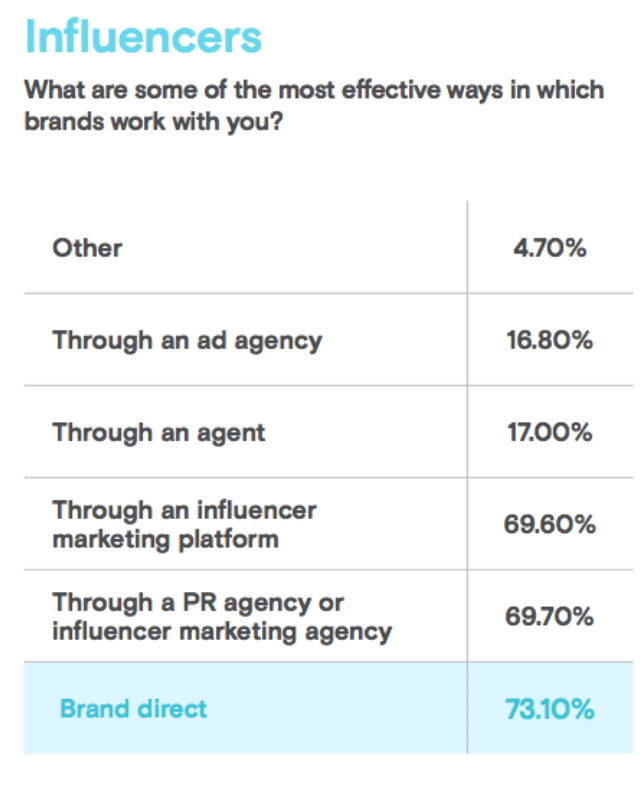
Source: TapInfluence and Altimeter
The Daily Newsletter
Our daily coverage of the global travel industry. Written by editors and analysts from across Skift’s brands.
Have a confidential tip for Skift? Get in touch
Tags: influencer, marketing
Photo credit: Social media influencers and marketers often have different priorities. Pictured is influencer La Revue de Kenza at Le Dokhan's, a Tribute Portfolio Hotel, as part of the LIKEtoKNOW.it partnership. Starwood Hotels & Resorts
